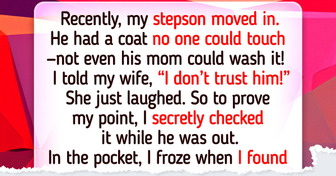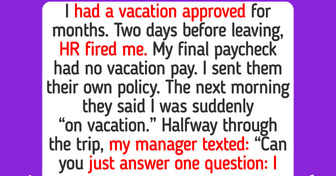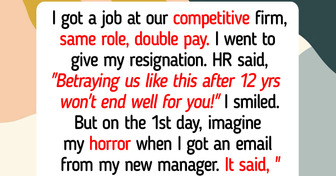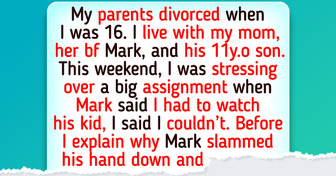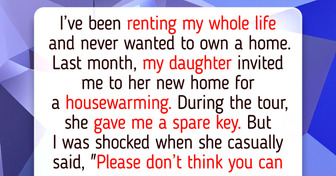10 Travelers Who Took “Breaking the Rules” Way Too Far

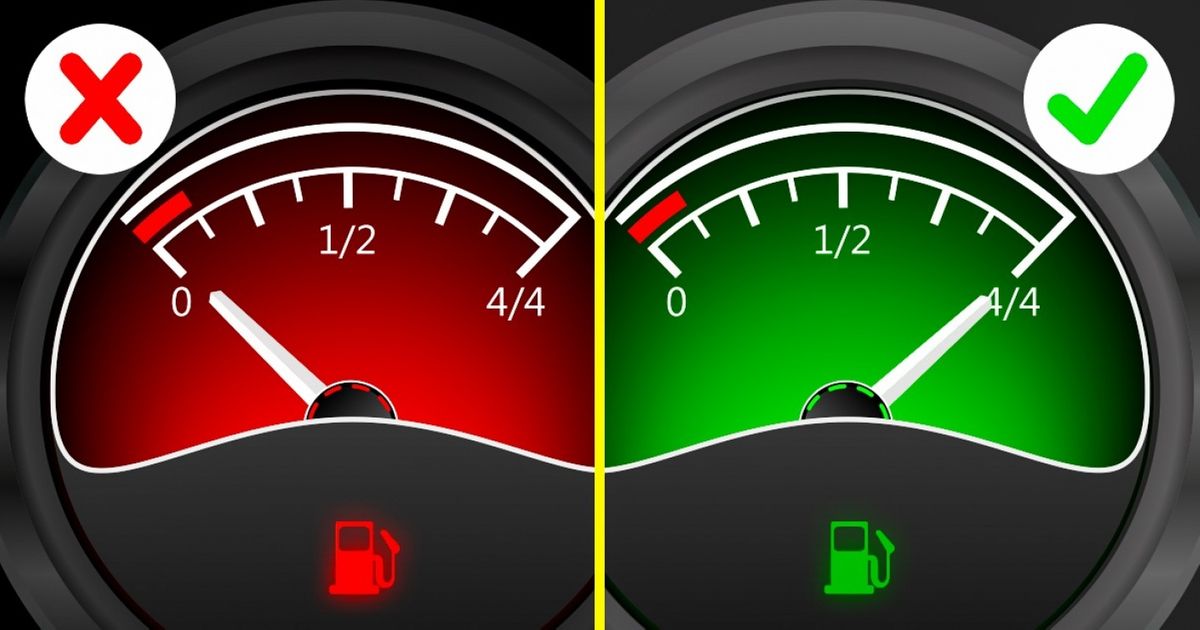
The longer you own a car, the more driving habits you acquire. Unfortunately, not all of those habits are good ones. Moreover, the more experienced you become, the harder it is to break them.
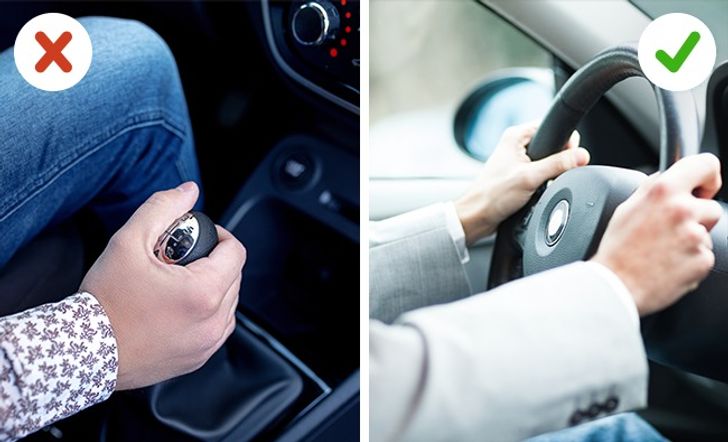
Many people have the habit of resting their hand on the gear stick while driving. This shouldn’t be done for several reasons, the most obvious being that you need both hands to steer. Another harmful effect is that such small yet constant pressure on the gearbox turns it into a kind of cocktail shaker, displacing synchronizers and gears. This, in turn, leads to problems with shifting gears.
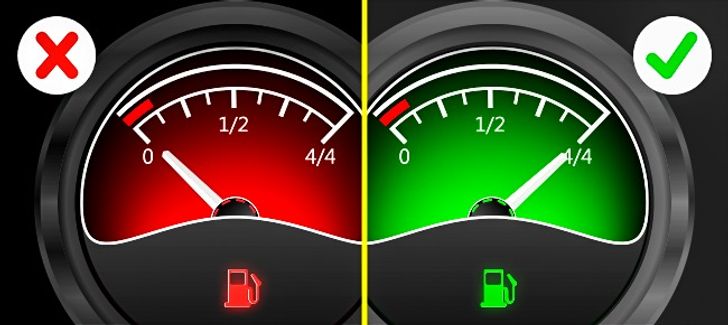
When your car is not in use, mechanical impurities accumulate in the fuel tank and sediment forms at the bottom. The dirt gets into the fuel pump and the filters, causing damage. During winter months, be sure to always leave the tank at least half-filled with fuel to avoid the formation of large amounts of condensate. In freezing conditions, the presence of water in the fuel tank can lead to its deformation and other problems.
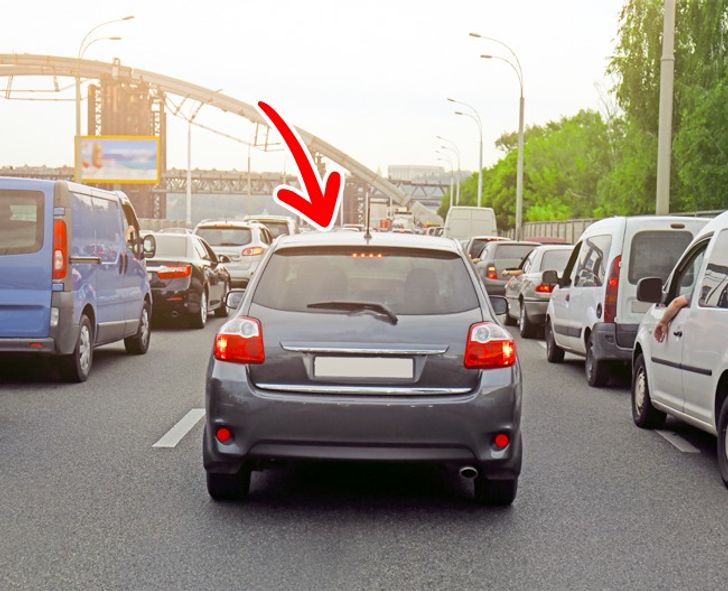
"Keep your distance, and merge with the traffic." This is what they teach you in driving schools. But if you keep braking unnecessarily, you’d better set aside a hefty sum for regular brake pad and disc replacements. To avoid unpleasant accidents, remember to promptly change the brake hoses and keep your eye on the brake fluid level.
Slight creaking sounds and other unusual noises can indicate a malfunction. Many drivers tend to ignore these signs, and, as a result, their cars often break down in the middle of the road. If your car starts emitting unnatural sounds, be sure to run proper diagnostics to identify the problem and deal with it in time.
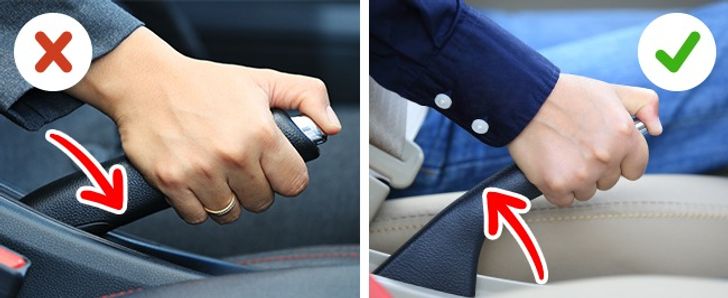
When you park a car with automatic transmission on a slope, the entire burden falls on the lock gear of the output shaft of the gearbox. To successfully park on an incline, hold the foot brake and shift into "park." Then pull the hand brake, and only then slowly release the brake.
Most modern engines don’t need warming up. But it is worth remembering that until the gauge indicates operating temperature one shouldn’t run the engine at more than 2,000 revs. In freezing conditions, it is advisable to keep the engine running for 1-2 minutes before pulling away.
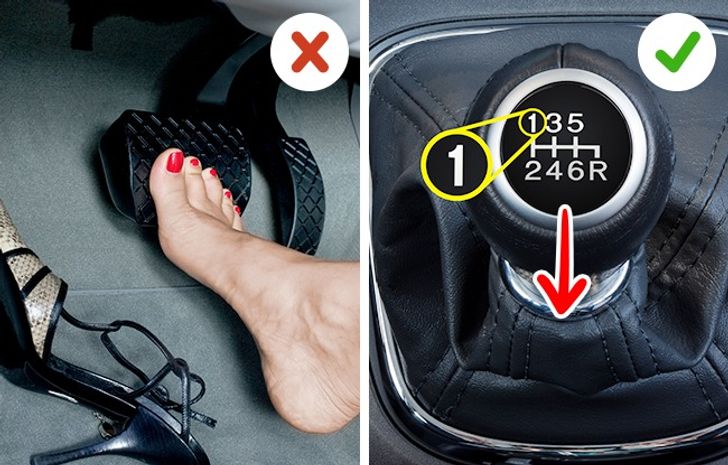
Many motorists tend to keep their foot on the brake pedal while driving downhill so as to be ready to brake at any moment. This leads to brake system overheating and wearing out of brake pads and discs. The proper thing to do is to shift to a lower gear and initiate engine braking.


